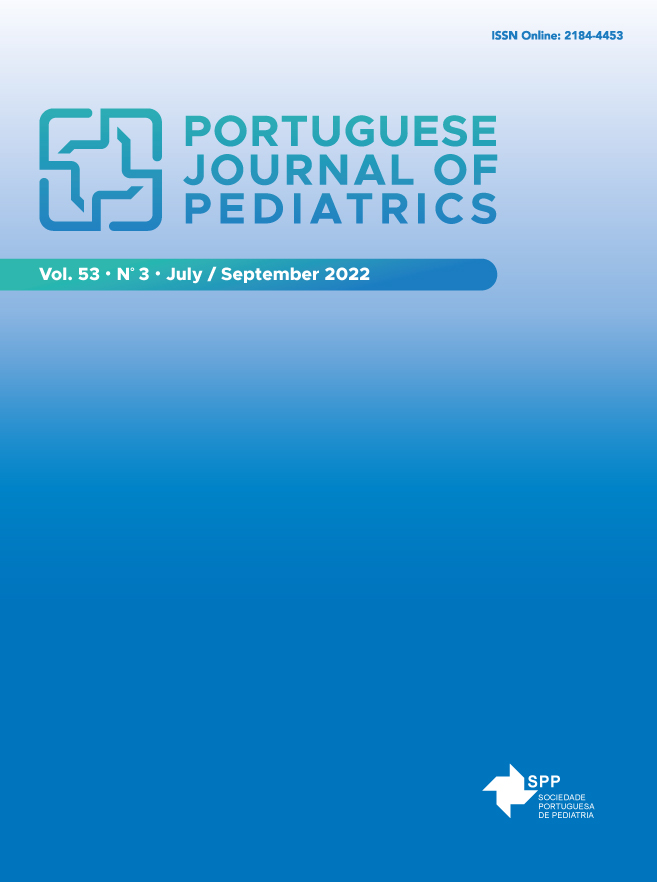Epilepsy in Children and Teenagers with Autism Spectrum Disorder: A Review of 15 Years
DOI:
https://doi.org/10.25754/pjp.2022.25619Abstract
Introduction: Autism spectrum disorder is characterized by persistent deficits in social communication and interaction as well as restricted patterns of behavior, interests, and activities in the early developmental period. It is an increasingly frequent
diagnosis. Association between autism spectrum disorder and epilepsy is known. Different studies have reported different
predictive factors related to the future diagnosis of epilepsy, such as cognitive impairment, neurodevelopmental regression, and absence of language.
Methods: We conducted an observational, retrospective, descriptive, and comparative study reviewed clinical records of pediatric patients with autism spectrum disorder who were followed up in a child developmental center between January
2006 and January 2021. The data were analyzed using SPSS software (version 23). The level of significance was set at p < 0.05.
Results: The present study included a total of 377 children and adolescents with autism spectrum disorder, of whom 41 (10.9%) were later diagnosed with epilepsy. The mean follow-up time was five years. In patients with epilepsy, the most frequent age of the first seizure was determined in two periods: between 2-5 years (53.5%) and during teenage years (25.6%). The most frequent (68.3%) presentation was focal seizures, 56.1% of which were electroencephalogram paroxysms (17.1% in the temporal lobe). The majority (65.9%) were currently treated with antiepileptics, 60% in monotherapy and mostly with sodium valproate (37.2%). Regression (39% vs 19.3%, p = 0.008) and absence of language (41.5% vs 23.8%, p = 0.022) had higher association with the development of epilepsy in patients.
Discussion: Based on the obtained results, 11% of patients had both autism spectrum disorder and epilepsy. Neurodevelopmental regression and the absence of language were associated with the development of epilepsy. This may imply the need for specific counselling and anticipatory care in this subgroup of patients.
Downloads
Downloads
Published
Issue
Section
License

This work is licensed under a Creative Commons Attribution-NonCommercial-NoDerivatives 4.0 International License.









